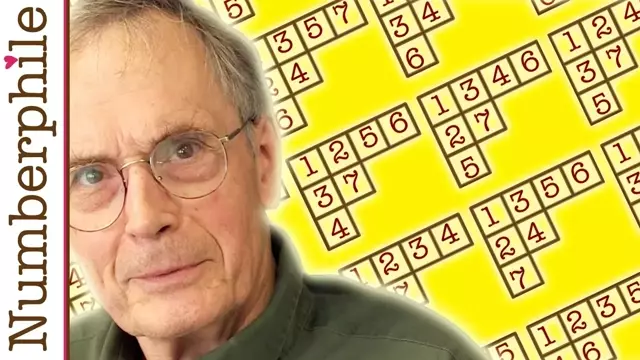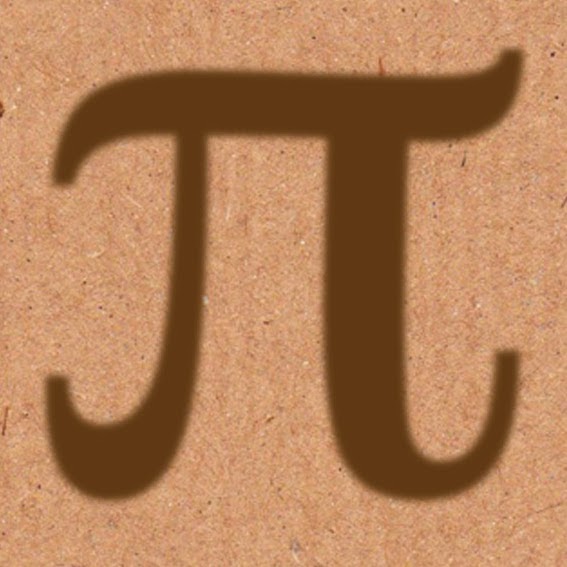2016-01-08
[public] 175K views, 4.28K likes, 55.0 dislikes audio only
Shapes, Tableaux and Hook Numbers. Featuring Professor Curtis Greene from Haverford College.
Extra footage: /youtube/video/JiwM5g_RC3c
More links & stuff in full description below ↓↓↓
Numberphile is supported by the Mathematical Sciences Research Institute (MSRI): http://bit.ly/MSRINumberphile
Videos by Brady Haran
Support us on Patreon: http://www.patreon.com/numberphile
NUMBERPHILE
Website: http://www.numberphile.com/
Numberphile on Facebook: http://www.facebook.com/numberphile
Numberphile tweets: https://twitter.com/numberphile
Subscribe: http://bit.ly/Numberphile_Sub
Numberphile is supported by the Mathematical Sciences Research Institute (MSRI): http://bit.ly/MSRINumberphile
Videos by Brady Haran
Brady's videos subreddit: http://www.reddit.com/r/BradyHaran/
Brady's latest videos across all channels: http://www.bradyharanblog.com/
Sign up for (occasional) emails: http://eepurl.com/YdjL9
Numberphile T-Shirts: https://teespring.com/stores/numberphile
Other merchandise: https://store.dftba.com/collections/numberphile
Some references for this video from Prof Greene:
D. E. Knuth, The Art of Computer Programming, Vol. 3: Sorting and Searching, Addison-Wesley, 1973.
D. S. Franzblau, D. Zeilberger, A bijective proof of the hook-length formula, Journal of Algorithms, 3 (1982), 317-343.
C. Greene, A. Nijenhuis, H. S. Wilf, A probabilistic proof of a formula for the number of Young tableaux of a given shape, Advances in Math. 31 (1979), 104-109.
J.-C. Novelli, I. Pak, A. V. Stoyanovskii, A direct bijective proof of the hook-length formula, Discrete Math and Theoretical Computer Science 1(1997), 53-97.
B. Sagan, The ubiquitous Young tableau, Invariant theory and tableaux, IMA Vol. Math. Apple. 19 (1988), Springer, New York, 262-298.
/youtube/video/JiwM5g_RC3c
https://www.patreon.com/numberphile?

